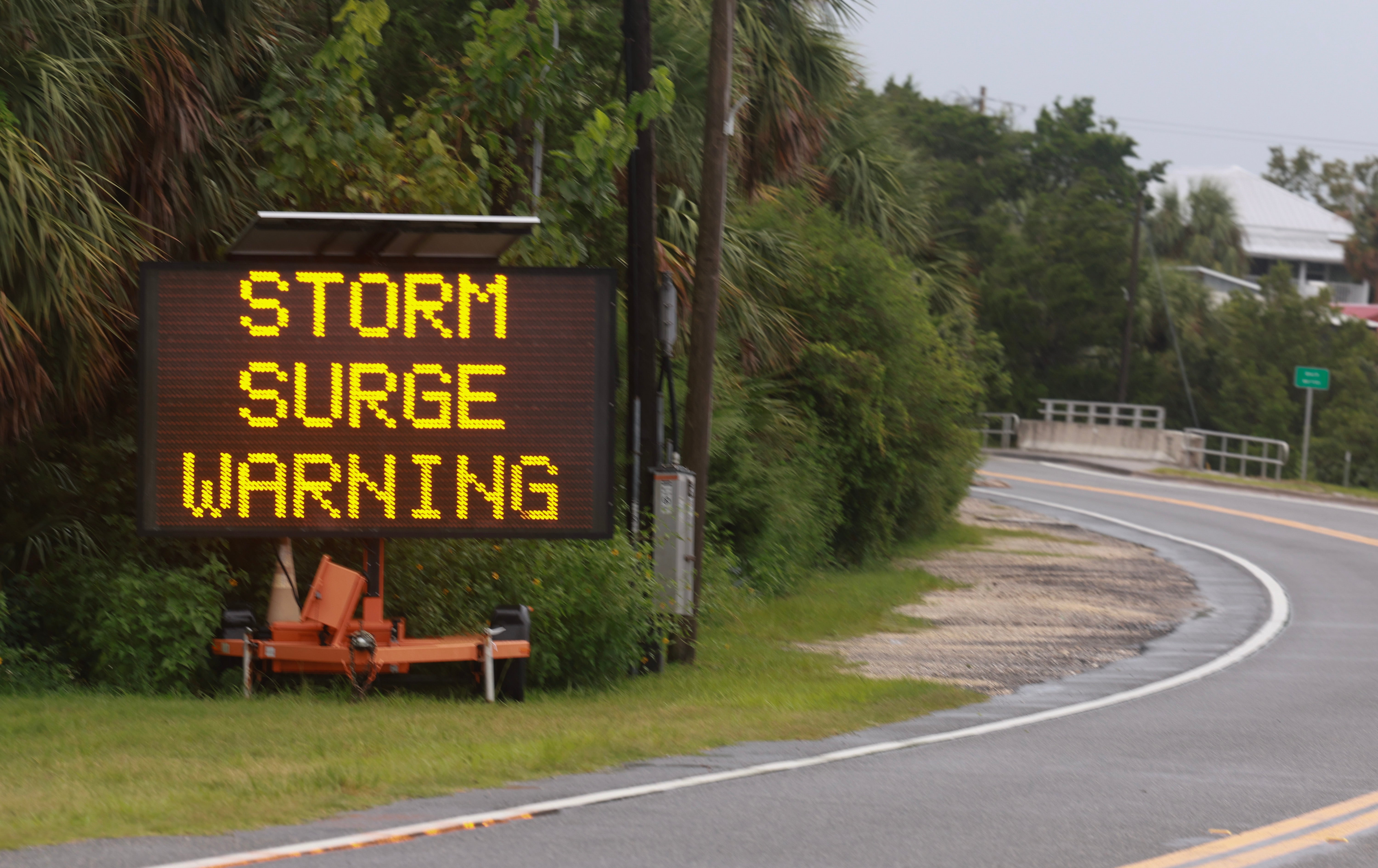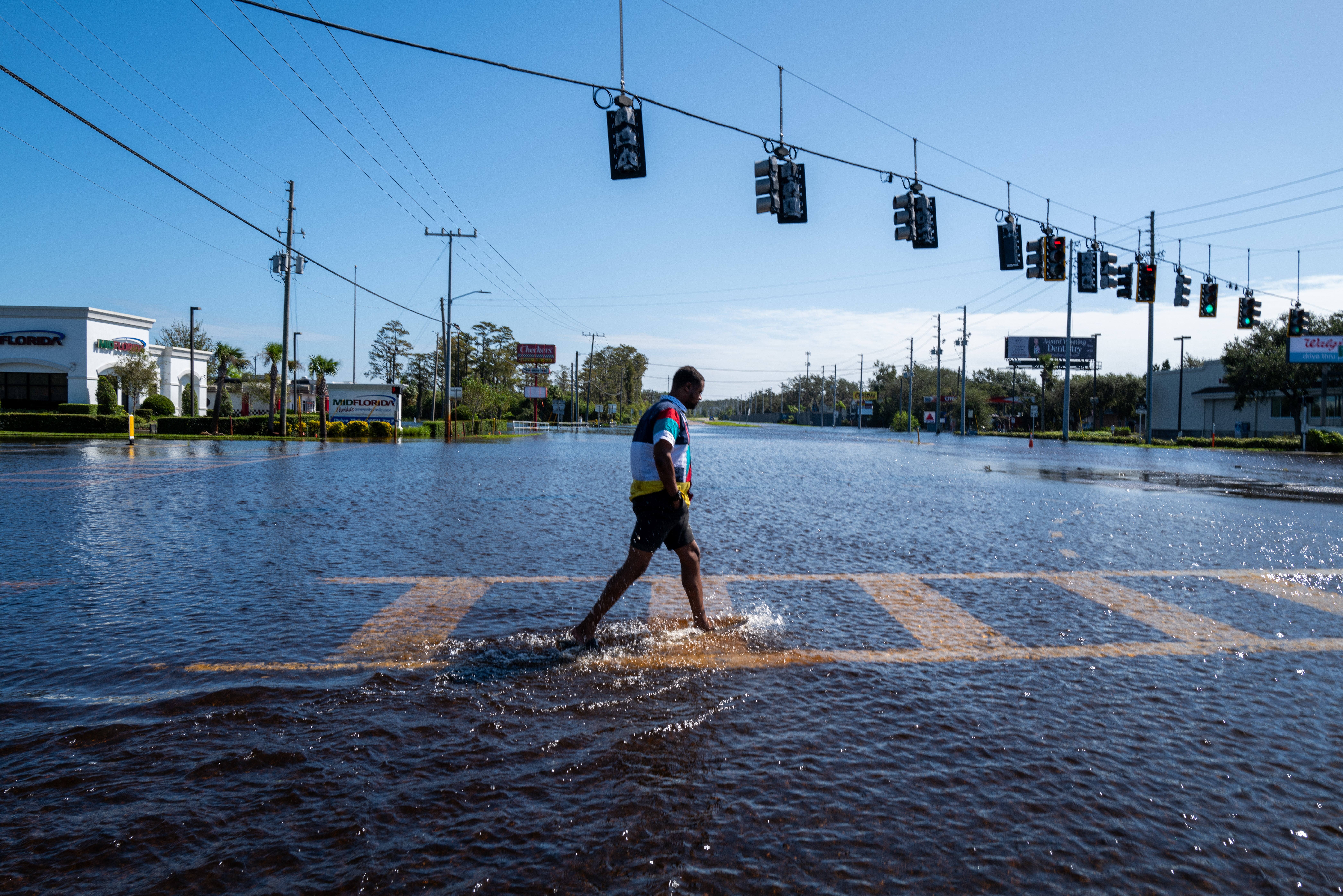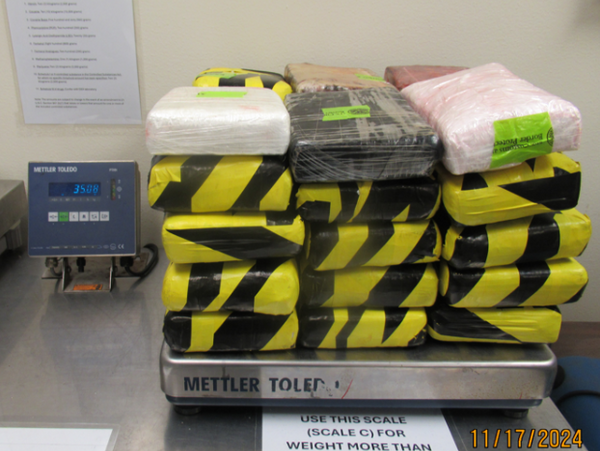Florida has already seen four deaths tied to a flesh-eating bacteria this year.
State health authorities have reported 11 infections with fatal cases in Central Florida’s Bay, Broward, Hillsborough, and St. Johns counties.
"There's a lot of bacteria that just live in different areas, even in, like, waterborne spots," Dr. Daniel Egan, an infectious disease specialist at Orlando Health, explained to WESH. "So there's fresh water, salt water, and this bacteria called Vibrio vulnificus likes salt water."
Vibrio vulnificus infections are rare, but naturally occur in brackish seawater. Cases often spread through open cuts. A person may also be infected when they eat raw shellfish, and the bacterium is frequently found in oysters from warm coastal waters.
Most healthy individuals experience mild disease following exposure, including symptoms such as vomiting and diarrhea, fever, chills, high heart rate, and disorientation.
However, if the bacterium invades the bloodstreams of those with weakened immune systems, people may be affected by fever, chills, septic shock and skin lesions. Sometimes, infection may even result in amputation, and rare cases may cause necrotizing fasciitis, when the flesh around an open wound dies.
Antibiotics and wound care should be given to patients immediately, the Florida Department of Health says.
Infections that enter the bloodstream are fatal about 50 percent of the time. One in five people who contract infection die, sometimes within just a couple of days, according to the Centers for Disease Control and Prevention.
Unfortunately, cases have been on the rise in recent year and last year reached record levels. The department reported 19 deaths and 82 cases -- marking an increase of seven deaths and nearly double the tally of cases in 2023.
Notably,Vibrio vulnificus is underreported. Before 2007, there was no national surveillance system for the bacterium.

Last year’s “unusual” influx of cases was tied to late-season hurricanes that pounded Florida and the Southeast. Cases more than doubled following Hurricanes Milton and Helene, with saltwater moving inland and people coming in contact with water that they normally wouldn’t.
Dr. Kami Kim, director of infectious disease at Tampa General Hospital and the USF Health Department of Internal Medicine, told WUSF that storm surge can also contaminate other sources of water, such as freshwater rivers and lakes.
With the climate crisis, these risks are becoming more common. A hotter climate provides all the ingredients of stronger and more frequent hurricanes and other storms, including record sea surface temperatures. Climate change is forecast to increase the costs of infections with bacterium that require salt, according to the Department of Agriculture, rising from nearly $2.6 billion in 1995 to a projected $6.1 billion in 2090.
People can avoid exposure by not eating raw shellfish, not exposing open wounds to warm salt or brackish water, and wearing gloves and other protective clothing.

But, the problem isn’t going away any time soon, according to researchers at Florida Atlantic University. A 2023 study found that Vibrio pathogens are adapting to “stick” to microplastics. They can also combine with the smelly sargassum blooms that often plague Sunshine State shores.
“Think of all the plastic debris that just went into the water because of the hurricanes,” Mia McCormick, of the non-profit group Environment Florida, told Florida Phoenix.
Dad died from flesh-eating bacteria after swimming on holiday in Turkey
High bacteria levels have forced beaches in these states to close ahead of July 4
Searching for pennies: With the cut in federal funding public broadcasters are looking to cope
Peacocks are overwhelming an Orlando neighborhood: ‘There’s feces everywhere’







